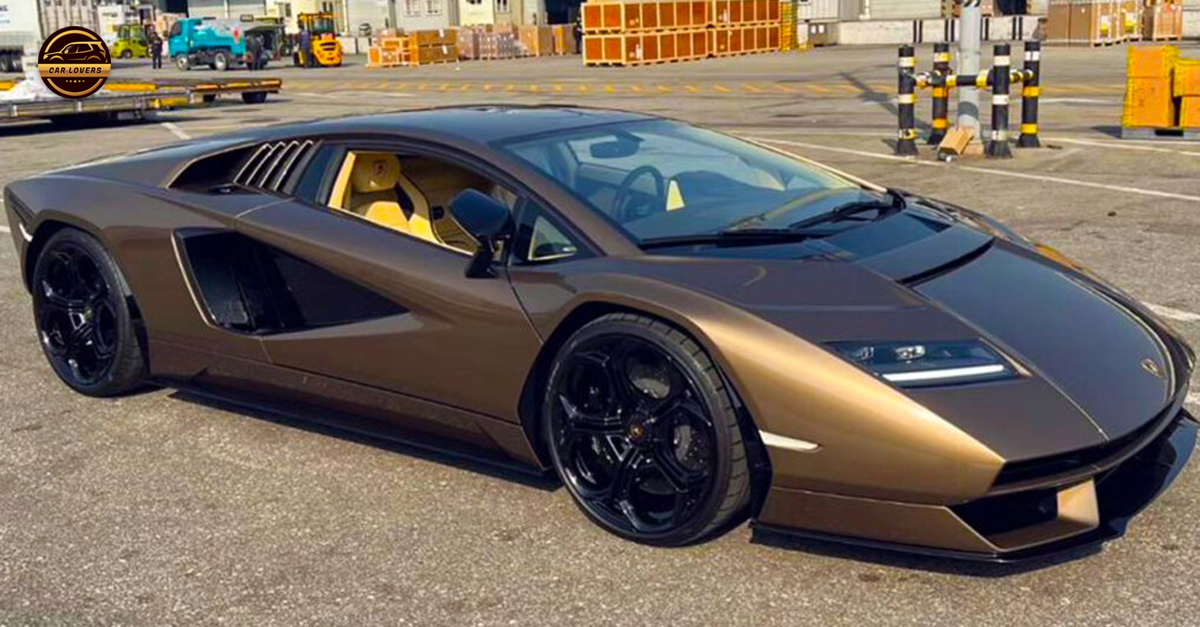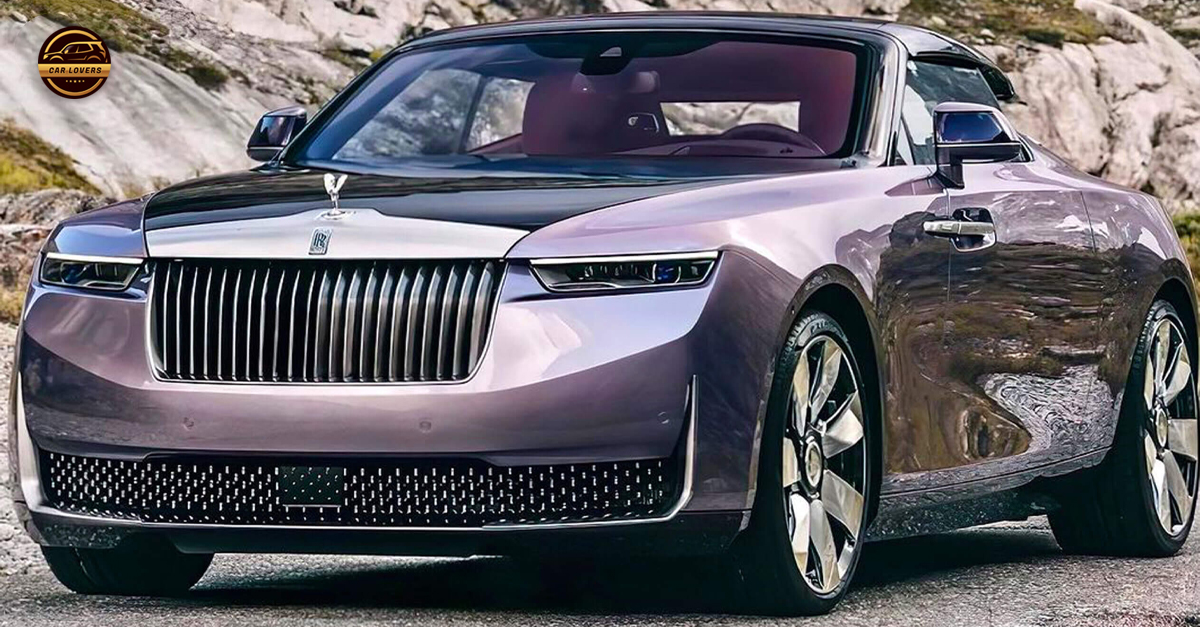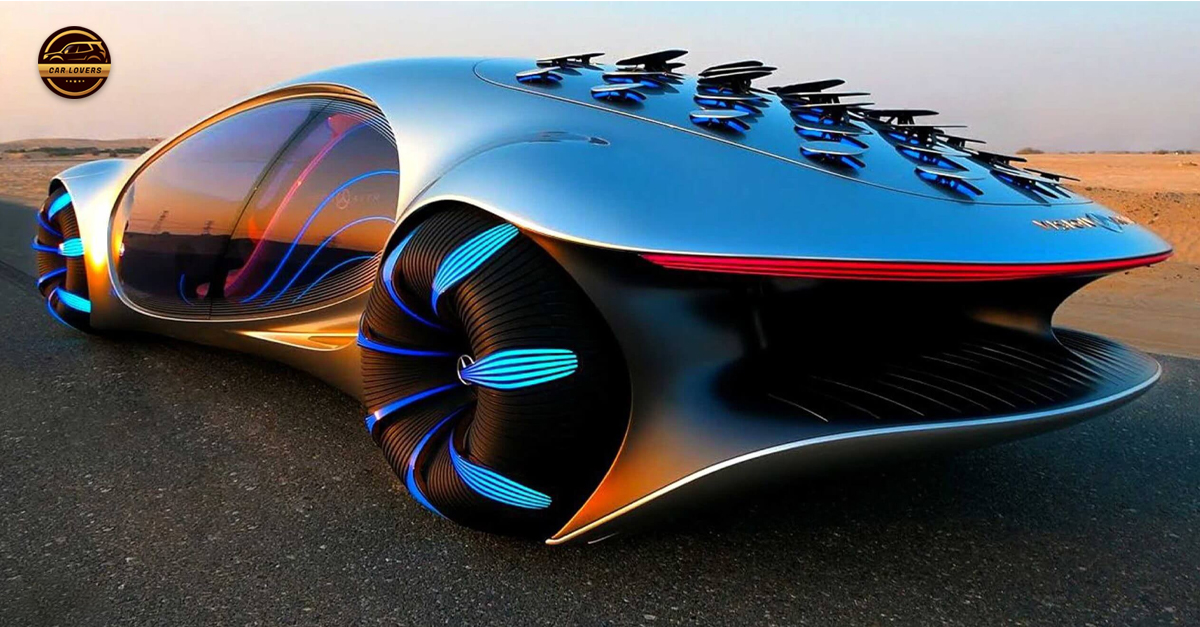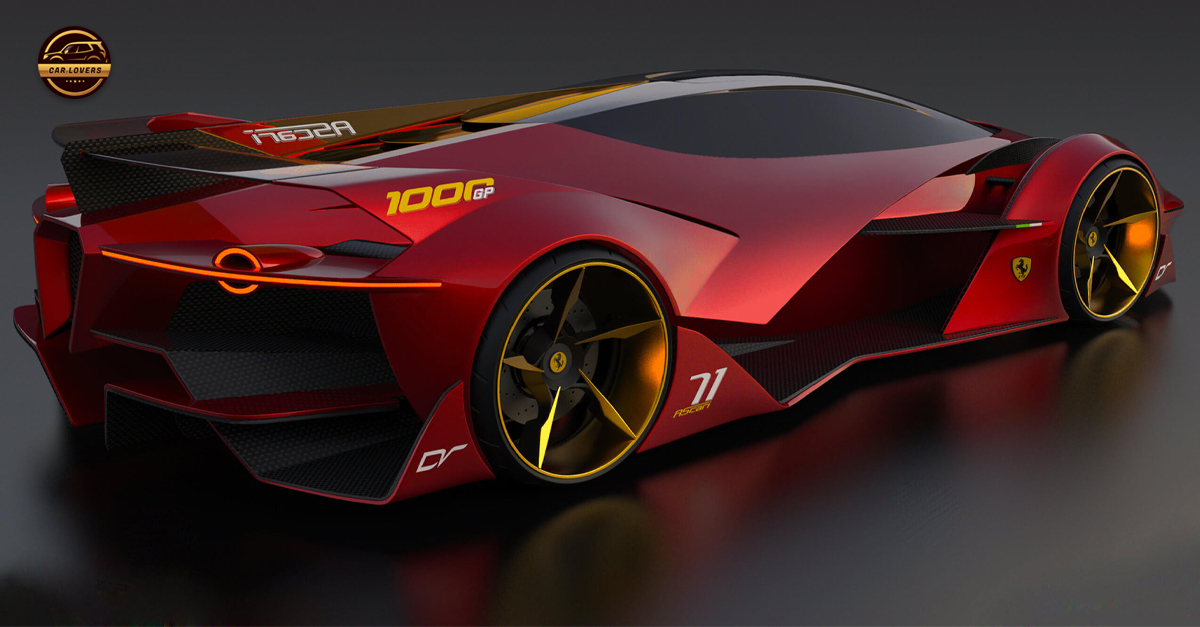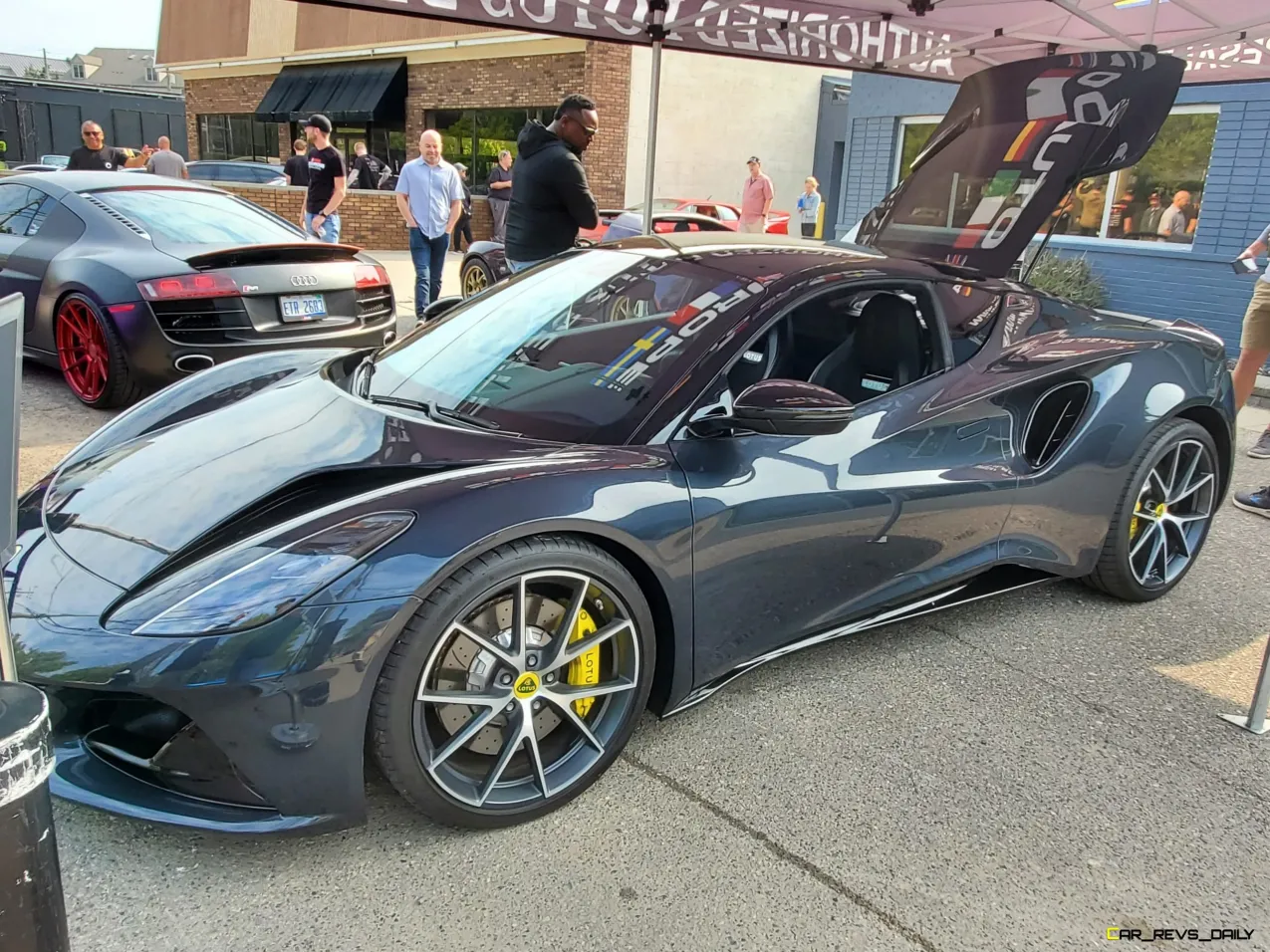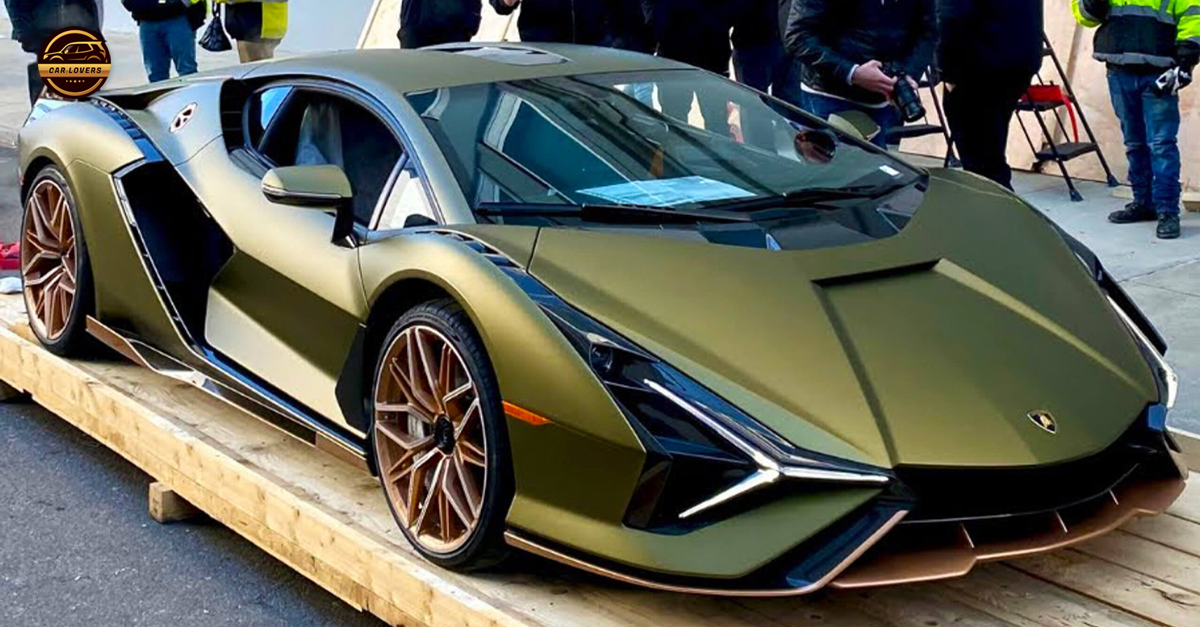Aston Martin’s DB range has evolved massively over the years, from the DB1 and DB2, right up to the DB9 and outgoing DB11, with the DB12 on the way.
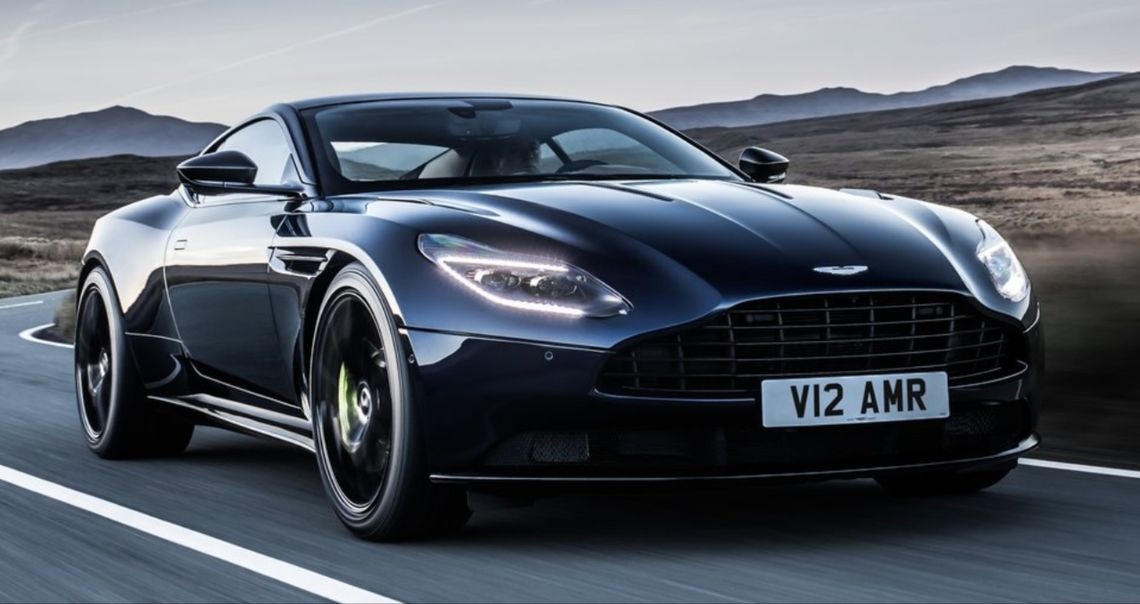
Aston Martin is gearing up for the launch of its DB11 successor, with the DB12 launching on May 24th. The new DB series sports car will continue a long line of Aston Martin’s that stretches right back to the early 1950s. The range is firmly ingrained in the history of the company, which includes iconic names such as DB5, DBS and DB9. As far as sports car lines go, the DB series is one of the most recognizable in the world.
The series has evolved massively over the decades, taking us from the small yet sleek DB2 to the much brawnier and powerful DB11. Aston Martin’s key line shows no signs of slowing down even as EVs begin to dominate the headlines.
Aston Martin’s First Ever DB Car Is Retrospective
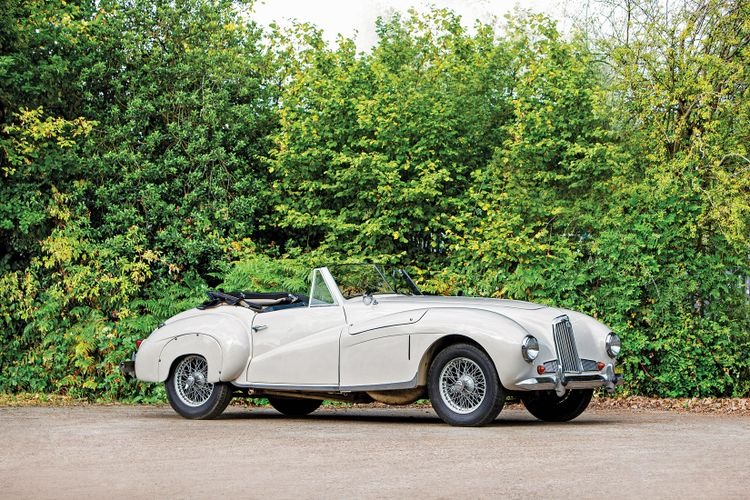
The DB name comes from the initials of Sir David Brown. An English industrialist who bought Aston Martin after World War II, and turned its fortunes around. The company went from a small volume sports car manufacturer to become one of the powerhouses of British motoring. Ever since Brown acquired the company in 1947, its cars have borne his initials, but the first DB car, the DB1, isn’t a true member of the series. The car is actually the Aston Martin 2-Litre Sports, produced from 1948-1950 with only 15 ever made. The car was built around Claude Hill’s 2.0-liter four-cylinder engine, with a top speed of 93 mph.
The DB1 consisted of a tubular space frame chassis, and won its first ever motor race, the 1948 Spa 24 Hours. The car gained the DB1 name retrospectively, after Brown had acquired the company. This acknowledged that it was the first car produced under Brown’s tenure, but the first true DB Series car would not come until 1950. Brown had also bought Lagonda, in order to get his hands on the Bentley-designed 2.6-liter straight-six engine. This he would marry to an all-new chassis, to kickstart the DB Series.
The DB2 Was David Brown’s The First True Aston Sports Car
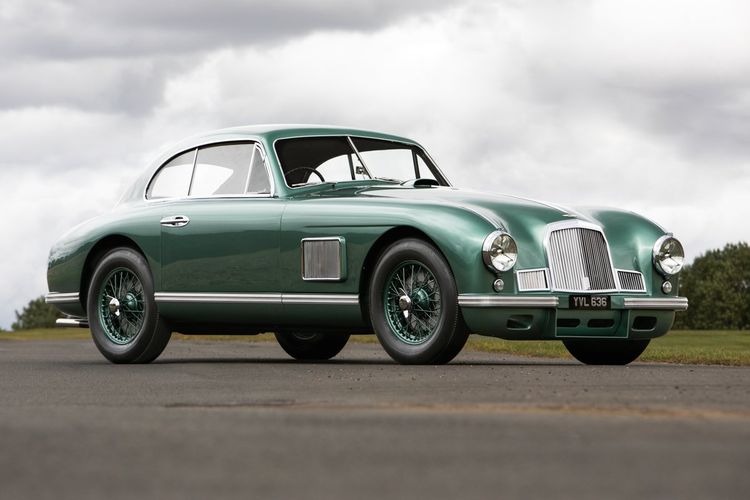
With Lagonda acquired, Brown and co moved onto the real start of the DB series, the DB2. Production began in 1950, and it took that Bentley dual overhead cam straight-six that Brown had wanted from his newly acquired company. This engine produced an impressive 105 hp, and was far more advanced than the pushrod 2.0-liter straight-four in the DB1. An upgraded engine would soon appear, creating the DB2 Vantage, the first ever from Aston Martin and power for the DB2 increased to 125 hp.
Aston Martin launched the car in the United States, to drum up as many orders and attention as they could. The company needed exports to secure as much steel as possible, which was very scarce after the war. Demand went through the roof for the new Aston, with 411 models produced by the company. That demand was so strong that the factory couldn’t keep up with it. Conceived as a coupe, the DB2 also enjoyed success in racing, something that elevated the appeal of both the company and the model. The DB2 enjoyed plenty of success before Aston Martin evolved the car further from 1953 onwards.
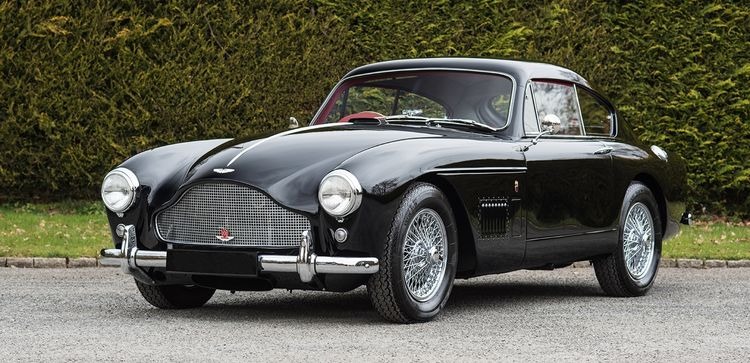
That year saw the introduction of the DB2/4. This was an evolution of the DB2, adding two rear seats with an enlarged chassis, creating a 2+2 hatchback or a shooting brake if you will. The car earned its name thanks to the small size of the rear seats, which didn’t provide the comfort expected. Despite that, the DB2/4 impressed with its upgraded 125 hp engine, before a new 2.9-liter straight-six went under the hood. The car then had 140 hp and a top speed of 116.4 mph, a highly impressive figure for the early 1950s. Various custom body designs were on offer with the car, and Aston would produce 764 examples.
The Mark III Evolves The Series Even Further
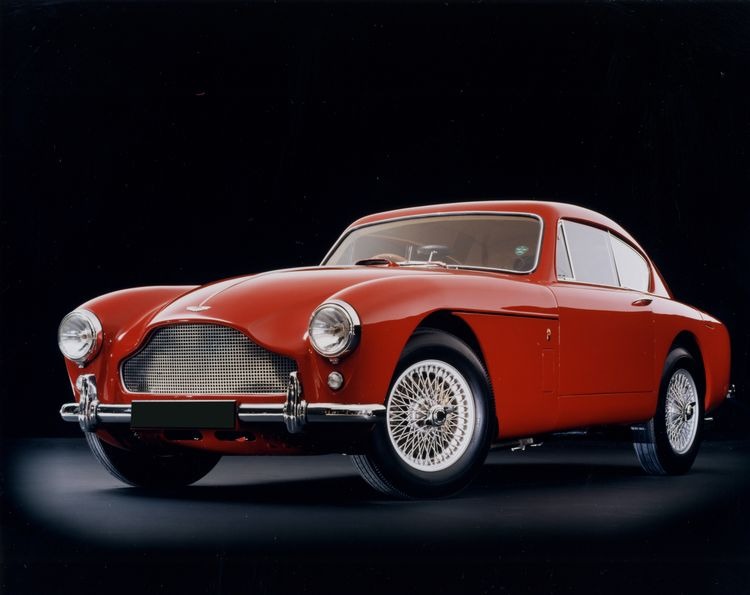
Following on from the success of the DB2, came the DB Mark III. Aston used the DB3 name in motorsport, along with the DB3S. What makes the Mark III so significant is that it was the first car to feature the iconic front grille that has become a staple part of the company’s history ever since. The 2.9-liter straight-six from the DB2/4 was used again, but with the power increased up to 178 hp, thanks to an optional dual-exhaust system. Without that, the power level was 162 hp and Aston managed to squeeze 195 hp of the car with a top speed of 120 mph.
Next in-line was the DB4, first appearing in 1958, and it remained in production until 1963. The DB4 was a natural evolution of the Mark III, but was significant as it featured the very first Aston Martin engine designed under Brown’s ownership. This was a 3.7-liter straight-six, designed and developed by Aston Martin engineer Tadek Marek. Initially prone to overheating, its 240 hp made it easy to forgive that fact, and there were five variants of the DB4. Later, Zagato would transform the DB4 into something even more spectacular.
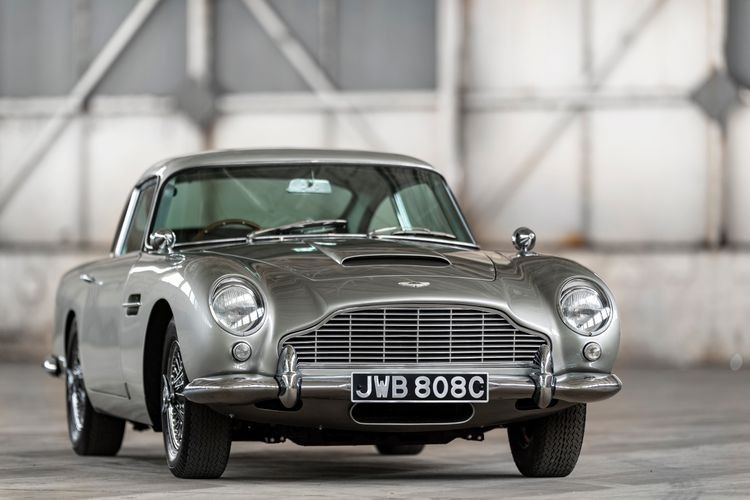
Perhaps the most famous Aston Martin came next in the form of the DB5. A car that kickstarted a long relationship with the James Bond films, one that continues to this day. A 4.0-liter straight-six, five-speed transmission and 282 hp coupled with that iconic Superleggera shape helped create one of the most iconic British cars in history. The following car, the DB6, didn’t evolve too much from the DB5, save for a redesigned Kamm-tail rear to prevent the rear end from lifting when going at speed.
The DBS Was The First Aston With V8 Power
There was no Aston Martin DB8, as we instead got the DBS with a massive change in design language. The DBS featured the fastback tail and squarer shape that was more typical of the late 1960s, although at the beginning it used a 282 hp straight-six engine. This soon changed with a new V8 under the hood, and the car was face-lifted in 1972 to become the Aston Martin V8.
No new DB Series followed until 1994, with the launch of the DB7, a car that would become Aston’s most produced model. Ford at that point owned Aston, and the company made use of that and its ties with Jaguar to create a more rounded looking DB, with a heavy steel body and supercharged straight-six. The most potent DB7 though was the V12 Vantage, with 435 hp. It was the first Aston Martin to ever use a V12 engine. This wasn’t the last of the DB series to sport a V12 engine however, with the DBS V12 appearing in 2007 with a 6.0-liter engine making 510 hp. However, what it led to might be the greatest Aston Martin of modern times.
A Legend Is Born With The DB9
The DB9 is older than the DBS, but this 6.0-liter V12 has become one of the most revered cars in Aston’s history. The iconic grand tourer still looks modern in 2023, with its Ian Callum-designed body and a new aluminum construction. A top speed of 186 mph and 450 hp was the performance people had come to expect from modern Aston Martins. The company would produce various special editions of the car over the years. Its numerical successor, the DB10, isn’t a true production model. The DB10 was a one-off based on the V8 Vantage with a bespoke body, designed exclusively for the James Bond film Spectre. So the outgoing DB11 is the car that really succeeded the DB9.
First appearing in 2016, the somewhat underrated DB11 added a pair of turbochargers to the DB series for the first time in its history. With a 5.2-liter V12 under the hood initially, a 4.0-liter Mercedes-AMG twin-turbo V8 model followed soon after. The former producing 600hp while the V8 produces 503 hp. A new eight-speed automatic gave the DB11 rapid gearshifts, and the updated DB11 AMR added more power to the V12 to create a 630 hp monster.
This is now all culminating in the upcoming DB12. A car in itself that should feature a V12 under the hood, an all-new interior and a slight redesign of the iconic grille. It is the first in a ‘next-generation’ of Aston Martins, keeping alive the DB name that began all the way back in the 1950s, honoring the man who made Aston Martin what it is today.
Sources: Aston Martin, Bonhams



